

|
|
|


|
|
1/8 Scale Electric Rally/Touring Car:
Capricorn LAB C803 EP (Radio Controlled Model Review)History and Info:
Introduced by Capricorn RC circa 2017, the LAB-C803 EP is the Electric Powered version of the C803 Nitro Touring Car Chassis, developed to accept two LiPo 2S shorty batteries and use motors with either M3 or M4 screw mountings. An EP 6S conversion kit was also available. The model was available as an assembly Kit, requiring a Radio System, motor, ESC, battery, charger, servo and a Lexan bodyshell to be purchased separately.
▼ Scroll Down for More Images ▼
|








|
|
|

★ Capricorn LAB C803 EP Chassis ★
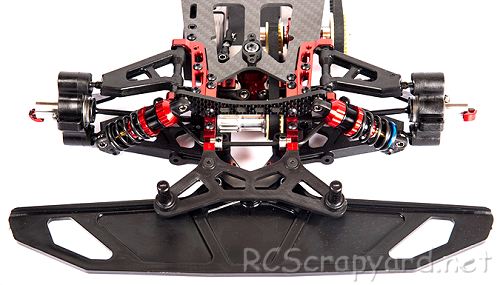
★ Capricorn LAB C803 EP Chassis ★
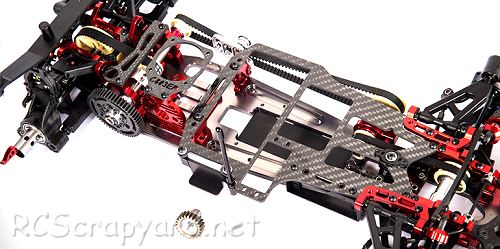
★ Capricorn LAB C803 EP Chassis ★
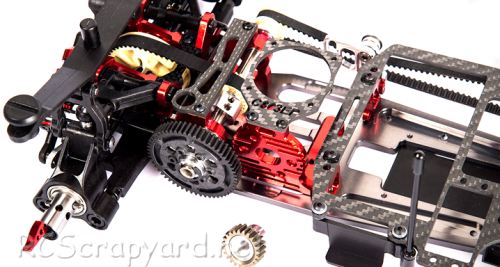
★ Capricorn LAB C803 EP Chassis ★
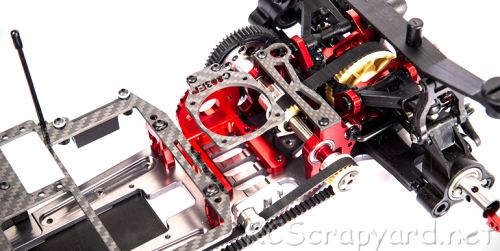
★ Capricorn LAB C803 EP Chassis ★
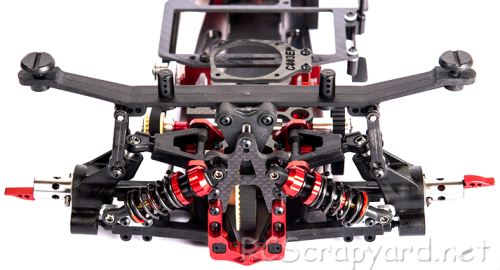
★ Capricorn LAB C803 EP Chassis ★

★ Capricorn EP-6S Conversion ★
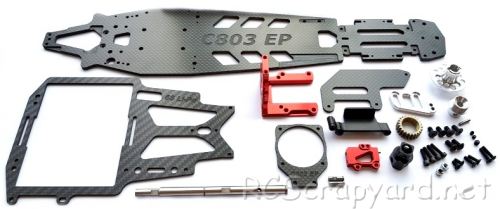
★ Capricorn LAB C803 EP Pro Chassis ★
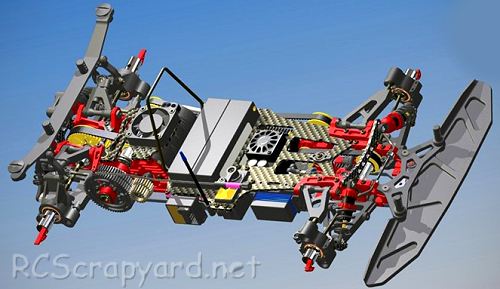
|
Buying a Used Capricorn LAB C803 EP
|
|
Manufacturers and Brands Catalogued and Listed by RC-Scrapyard.
At present, the RC Model Manufacturers, Brands and Distributors covered by us are: ABC Hobby, Academy, Acme Racing, Agama Racing, Amewi, Ansmann Racing, ARRMA, Team Associated, Atomic RC, Axial, AYK, Bolink, BSD Racing, Capricorn, Carisma, Carson, Caster Racing, Cen, Corally, Custom Works, Durango, Duratrax, ECX - Electrix, Exceed RC, FG Modellsport, FS-Racing, FTX, Fujimi, Gmade, GS-Racing, Harm, HBX, Helion, Heng Long, Himoto Racing, Hirobo, Hitari, Hobao, Hong-Nor, Hot Bodies, HPI, HSP, Intech, Integy, Jamara, JQ Products, Kawada, Kyosho, Losi, LRP, Maisto, Mardave, Marui, Maverick, MCD Racing, Megatech, Mugen, New Bright, Nichimo, Nikko, Nkok, Ofna, Pro-Pulse, Protech, PTI, RC4WD, Redcat Racing, RJ-Speed, Robitronic, Schumacher, Seben, Serpent, Smartech, Sportwerks, Step-Up, Tamiya, Team-C Racing, Team Magic, Thunder Tiger, Tomy, Top Racing, Traxxas, Trinity, Tyco, Vaterra RC, Venom, VRX Racing, WLToys, X-Factory, Xmods, Xpress, Xray, XTM, Yankee RC, Yokomo, ZD Racing and Zipzaps. |
|
Hints, Tips and Information Rechargeable Batteries
|
|
Hints, Tips and Information
Keeping Notes
If all you will ever do is go racing at your local track every week, then this article is not for you. However, if you ever look towards travelling around to different tracks around the country, or even the world, the value of keeping notes is all too obvious.
|
|
RC Models:
|
Radio & Motors: |
Other
Accessories: |